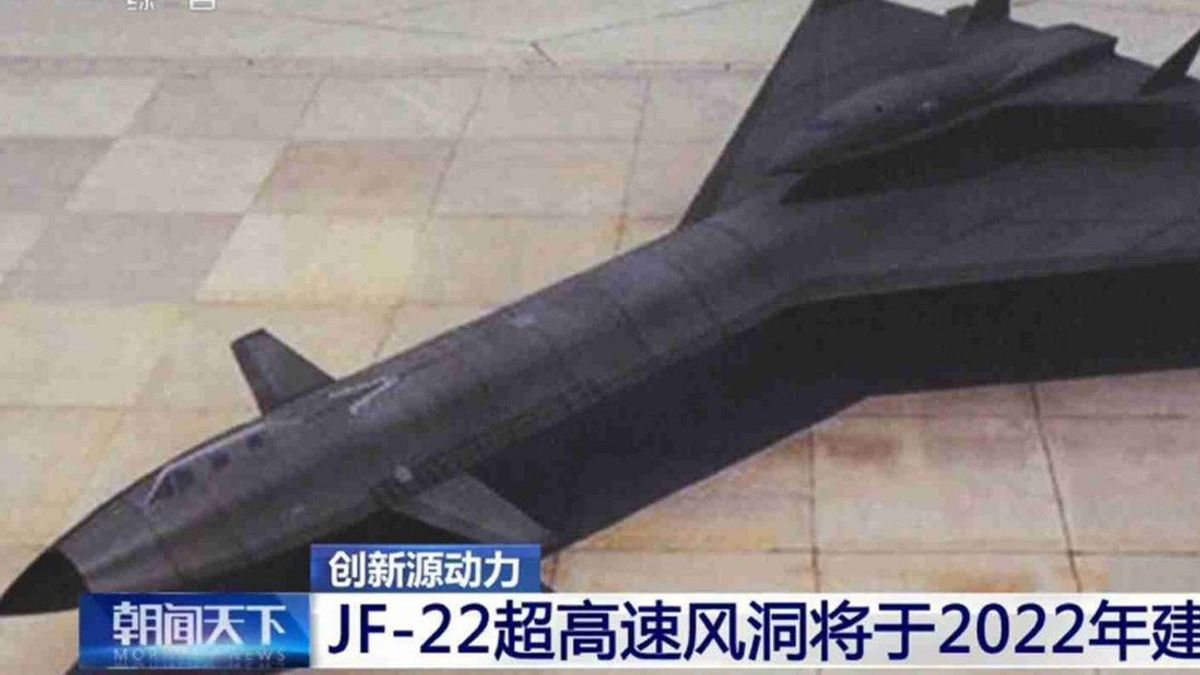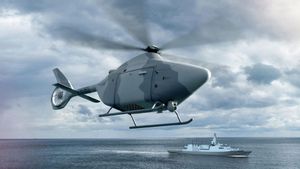JAKARTA - Landing a drone flying above five times the speed of sound on standard air lines is not easy. But Chinese military researchers say they have found a way to make it safer. In this way, it could potentially bring applications for hypersonic flight one step closer.
The technology has advanced rapidly, after China and Russia deployed various types of hypersonic missiles in recent years, and there has been growing interest in implementing advances in drones. But bringing such an aircraft back to the ground safely has proven problematic.
Modern aircraft rely on software to find the optimal descent path, and humans can intervene if something goes wrong. However, in hypervelocity, even the fastest flight control computers struggle to calculate it in time.
In a paper published in the domestic journal Tactical Missile Technology last Wednesday, September 1, Dai Fei and colleagues from the People's Liberation Army Air Force (PLA) said they had made improvements based on a secret model of hypersonic drones.
Their work appears to confirm the existence of China's hypersonic drone program, but the PLA has not disclosed details. It's unclear whether the drone Dai's team is using is in development or already in service.
The Wuzhen 8 rocket-propelled reconnaissance drone appeared during a military parade in Beijing two years ago. It is believed to be capable of flying beyond the speed of sound, but whether it is hypersonic is still unknown.
Hypersonic drones could potentially be used against stealth aircraft such as the United States' F-22 and F-35, Air Force Engineering University professor Wang Xing said last year at an academic conference in Xian.
"In close combat, stealth technology is too much, and no stealth aircraft can hide itself after launching missiles or dropping bombs," Wang said.
"A hypersonic drone deployed by China's ground-based air defense system can catch up to the F-22, which can fly at more than twice the speed of sound after launching an attack, in a matter of seconds," he added.
Such a drone would be designed to return to a nearby air base, but the potential difficulties in doing so were demonstrated in July during the first space tourism flight.
Virgin Galactic was required to apply for airspace for its rocket plane and to operate only within that zone, but the plane deviated from its course on landing, posing a risk to other aircraft.
The incident occurred while flying at Mach 3, or three times the speed of sound, but hypersonic flight would have been at Mach 5 or faster. A passenger jet is slower than the speed of sound (1 Mach).
Increasing the power of on-board computers, as proposed in some countries, will not solve the problem, according to Chinese researchers, from a unit of the PLA Air Force. Working with the Nanjing University of Aeronautics and Astronautics, they instead improved the software to better predict landing scenarios.
They say the computer still can't process all of the data it collects to calculate the landing path fast enough, so the software will only use changes in barometric pressure and altitude to select one of the three models for the final approach. Usually, the software only calculates one model.
"Slowing the plane to land means having to shut down its engines long before the decision to land is made," Dai's team said.
They calculated that to do so at Mach 5 from an altitude of 30 km (19 miles) would require sufficient time to travel more than 200 km further, before landing on the runway properly. This means, before landing in Jakarta, the hypersonic aircraft engine must be turned off since the plane was above in Bandung!
The drone will also perform maneuvers such as the S-turn to slow its momentum, but to a certain extent, as its wings or body can rupture under extreme pressure, according to Dai and colleagues.
Unlike ordinary aircraft engines, hypersonic engines cannot be restarted, and this lack of controlled power adds to the complexity of landing.
Hypersonic flight technology does not yet have civilian applications, but China plans to build civilian hypersonic aircraft. By 2035, a hypersonic plane at five times the speed of sound could fly 10 passengers anywhere on planet Earth in just about an hour, according to China's space authority.
The English, Chinese, Japanese, Arabic, and French versions are automatically generated by the AI. So there may still be inaccuracies in translating, please always see Indonesian as our main language. (system supported by DigitalSiber.id)













